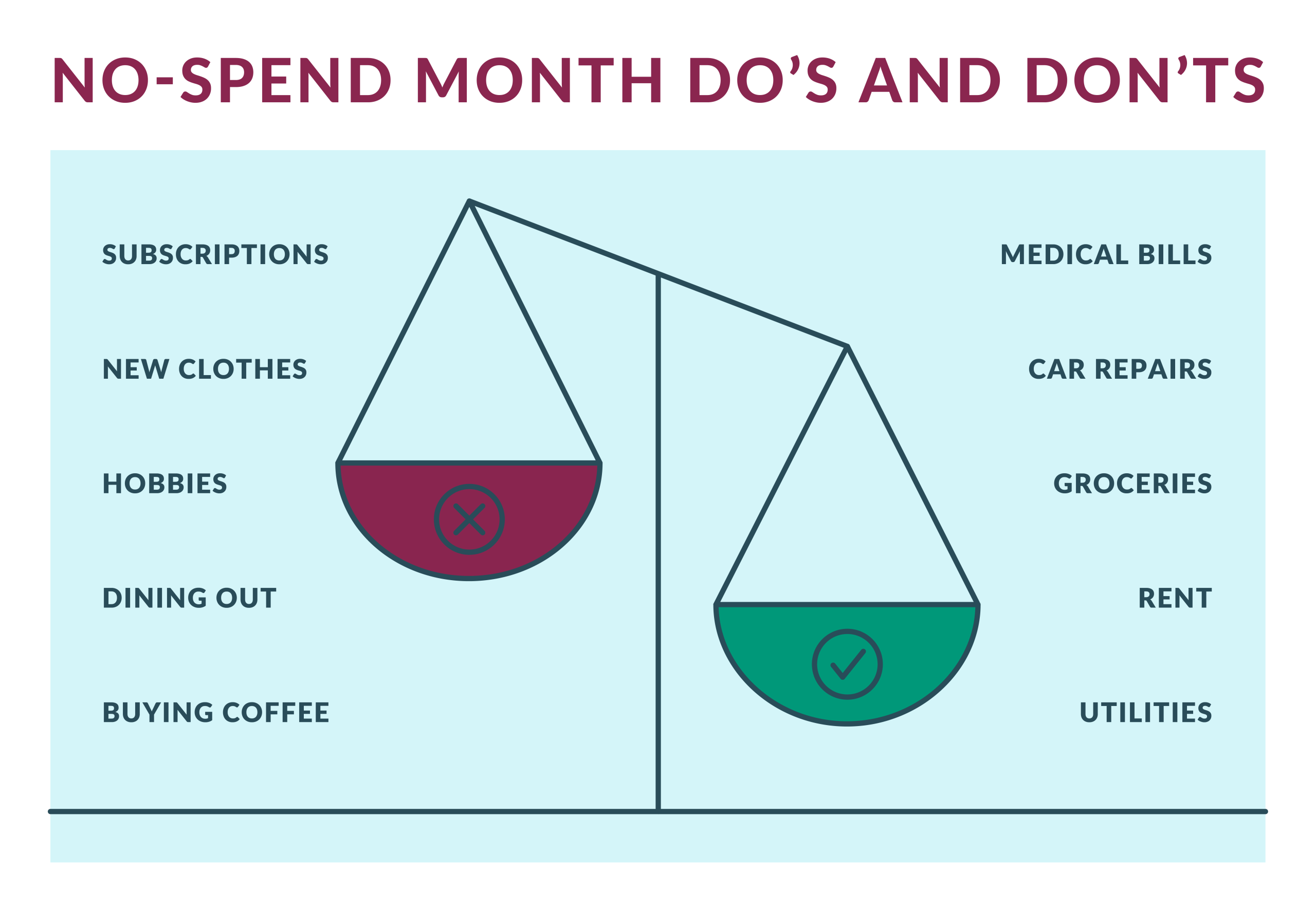Anúncios
Your FICO Score plays a crucial role in determining your financial opportunities in the United States.
It is one of the most widely used measures to assess creditworthiness, with over 90% of lenders relying on this score to make lending decisions.
Whether you are applying for a credit card, a mortgage, or an auto loan, your FICO Score will directly influence your chances of approval and the terms of your loan.
If you want to know more details about what the FICO Score is, keep reading to understand its importance in your life.
What is the FICO Score and what is its purpose?
The FICO Score is a three-digit number ranging from 300 to 850 that represents a person’s creditworthiness.
Developed by the Fair Isaac Corporation in 1989, it serves as a predictive tool for lenders, helping them evaluate the likelihood that a borrower will repay their debts on time.
Lenders use this score to decide whether to extend credit and under what conditions, such as interest rates and loan amounts.
The FICO Score simplifies the risk evaluation process by providing a standardized measure. It analyzes various factors from your credit history to create an overall picture of your financial behavior.
Banks, credit card issuers, and other lenders use this score as a reference for your credit risk.
The higher your score, the lower the perceived risk, which results in more favorable credit terms.
Is the FICO Score the same as a credit score?
While the FICO Score is a type of credit score, not all credit scores are FICO Scores.
In fact, the term “credit score” refers to various scoring models that can be used by lenders, but FICO is by far the most popular.
Other scoring models, like VantageScore, exist but differ slightly in calculation and use.
A credit score, in general, is any numerical assessment of your credit behavior, but the FICO Score stands out due to its widespread adoption in the industry.
Many alternative scoring models are used less frequently, and the way they weigh credit factors can vary significantly.
What is considered a good FICO Score?
A good FICO Score can open doors to better interest rates, higher credit limits, and easier loan approvals. FICO Scores are generally categorized into ranges:
- Exceptional: 800-850
- Very Good: 740-799
- Good: 670-739
- Fair: 580-669
- Poor: 300-579
A score of 670 or higher is typically considered a good FICO Score, and scores above 740 can qualify you for the best interest rates and terms.
How is the FICO Score calculated?
Your FICO Score is based on five key factors, each of which plays a role in determining your creditworthiness. Let’s break them down:
1. Payment History (35%)
Payment history is the most critical factor in your FICO Score. Lenders want to know if you have been reliable in paying debts in the past.
Late payments, defaults, bankruptcies, and charge-offs can severely damage your score. Keeping a clean payment record by paying all your bills on time can improve this part of your score.
2. Credit Utilization (30%)
Credit utilization refers to the percentage of available credit you are using at any given time. Ideally, you should keep your credit utilization rate below 30%, meaning you shouldn’t use more than 30% of your available credit across all your accounts.
For example, if you have a total credit limit of $10,000, try to keep your balance below $3,000. High credit utilization signals a higher dependence on credit, which may concern lenders.
3. Length of Credit History (15%)
The longer your credit history, the better for your FICO Score. This factor considers the average age of your credit accounts and the age of your oldest account.
A well-established credit history suggests experience in managing credit, which can be a positive indicator for lenders.
Even if you are not actively using certain credit cards, keeping older accounts open can help boost the length of your credit history.
4. New Credit (10%)
Opening several new credit accounts in a short period can negatively impact your FICO Score.
Each time you apply for credit, a hard inquiry is made, and many inquiries within a short timeframe may signal to lenders that you are in financial trouble.
Avoid opening multiple new accounts unless absolutely necessary.
5. Credit Mix (10%)
Your credit mix refers to the variety of credit types in your portfolio, such as credit cards, mortgages, auto loans, and personal loans.
A variety of credit types shows lenders that you can handle different kinds of debt responsibly.
However, this factor carries less weight than the others, so don’t worry if you don’t have multiple types of credit.

FICO Score vs. VantageScore: Understanding the differences
Both the FICO Score and VantageScore are used to assess creditworthiness, but they differ in how they weigh credit factors and in their scoring ranges.
FICO is the most widely used model, but it’s important to understand the key differences between the two.
- Scoring Range: FICO Scores range from 300 to 850, while VantageScore also follows the 300 to 850 scale but uses different algorithms to evaluate credit data.
- Minimum Credit History: FICO requires at least six months of credit history and one credit account, while VantageScore can be generated with just one month of credit history.
- Late Payments: While both models penalize late payments, VantageScore places more emphasis on the severity of recent late payments than FICO.
- Credit Inquiries: VantageScore treats multiple inquiries for the same type of loan (such as mortgages or auto loans) made within a 14-day window as a single inquiry. The grace period for FICO Score inquiries is typically 45 days for the same type of inquiries.
In summary, while both scores serve similar purposes, FICO is more frequently used in lending decisions.
VantageScore may be useful for people with shorter or newer credit histories, but understanding both models is essential for managing your credit health effectively.
Have you learned what the FICO Score is? Use these tips to continuously improve your financial life.
We hope you enjoyed the content! Keep following our website for more information. Looking for a great suggestion? Check out our article explaining how credit card reimbursement works!






